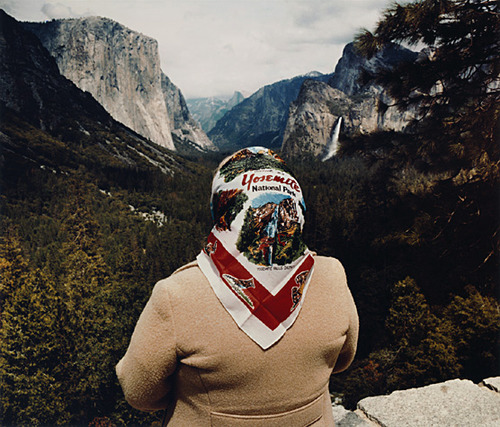A Photographic History of Yosemite
After attending the Creative Digital Photography course I realised that one of the areas of photography I really needed to brush up on was the history - where did photography start, how did it develop, who were the key players at the various times etc. I did a quick search for history of photography and a video entitled A Photographic History of Yosemite was amongst the results found (also downloadable for the iPod via this link - the talk starts properly at around 4 minutes in).
I watched this video, about 30 minutes long, on a train journey from Brighton to London and found it really informational in how techniques have developed, and how different photographers will have worked to produce some highly memorable images. Obviously photographers like Ansel Adams, are mentioned, but also Charles Leander Weed who took the first photographer in 1859, through Carleton E Watkins who made a living by selling landscape photos and on to more recent photographic collaborations by Mark Klett and Byron Wolfe. One of the things I got a great appreciation from (at around 10 minutes in), with help from images like that of William Henry Jackson with his mule is the sheer quantity of equipment they must have lugged around, how fragile some of these glass sheets must have been and how awkward the process must have been. Something to consider next time I complain that by camera is too big, or heavy, or bulky. Not to mention that they'd have probably only have been able to produce one photograph per day - again, not a restriction that I've ever had to work with.Photo © and reproduced with kind permission from Roger MinickAmongst the photographs that I found inspiring and amusing was the photograph Woman with scarf at Inspiration Point by Roger Minick (displayed above) - I love the observation of the lady, of the capture of a great moment, the composition, everything and above all it makes me smile.All in all, a good overview of photograpic history using a single, well photographed, place to explore the changes in processes and practice over a period of over 150 years.
